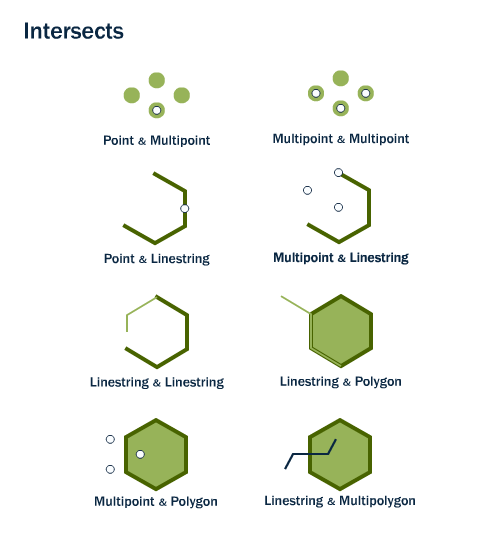I'm identifying if a point locates within a polygon. I have a dataframe contains the points and another dataframe contains the polygons, so I want to spatial join them like:
gpd.sjoin(df_points, df_polygons, how = 'left')
I know the default is predicate=intersects, but how do intersects and within differ? Which one should I use for my purpose?
Thanks


